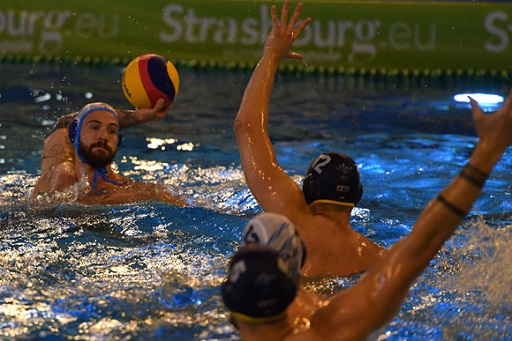4 Training endurance
Endurance training usually falls into two categories: extensive training or intensive training. Extensive training aims to extend the duration of exercise during which you can maintain heart rate, good technique, equilibrium of pace and effort. Intensive training conditions the body to endure the demands of high-intensity exercise for as long as possible. The different types of training available to enhance aerobic endurance are explained in Table 3.
| Long Slow Distance | Low density (~70% of VO2 max), long duration (≥30–120 minutes) training enhances running economy, fuel utilisation and cardiovascular endurance. |
| Fartlek | Speed play training combines high and low intensity training to enhance VO2 max, lactate threshold, running economy and fuel utilisation. |
| Pace/tempo | A 20–30 minute session at lactate threshold/race pace intensity enhances energy production from both aerobic and anaerobic metabolism. |
| Aerobic intervals | 3–5 minute intervals at an intensity close to VO2 max with a work:rest ratio of 1:1 will enhance VO2 max and anaerobic metabolism. |
| High Intensity Intervals | Short (30–90 seconds), high intensity (> VO2 max) intervals with a work:rest ratio of 1:5 will enhance anaerobic capacity, VO2 max and potentially running economy. |
Using the description of each training method in Table 3, which type of training do you think would be best suited for developing endurance in a team-sports player? The next activity will help you answer these questions.
Activity 4
Endurance is important within many team sports. For example, in water polo endurance is required to maintain a high performance throughout the match. So what type of endurance training would benefit a water polo player?
First, examine the intensities, durations and aims of each type of training in Table 3. Then answer the following question: which training method is best suited for a water polo player and why?
Discussion
In water polo, a player is required to repeatedly sprint-swim (high intensity), wrestle opponents (high intensity), tread water (moderate intensity) and recover between efforts (low intensity), indicating that all energy sources are contributing to performance. Therefore, you probably indicated that all types of training would be beneficial. However, from a purely endurance perspective, Long Slow Distance Training (LSDT), aerobic intervals and fartlek training may offer the best results. Typically, for most team sports LSDT is used in the off-season to build up a base of aerobic fitness; then in pre-season, aerobic interval training and High Intensity Interval Training (HIIT) are used to replicate the intermittent high-intensity efforts and provide specificity of training while still achieving some endurance adaptations. Fartlek training is often used in both the base and pre-season phases because training at varying intensities enhances VO2 max, lactate threshold and exercise economy.
The types of aerobic programming you investigated in Activity 4 offer excellent opportunities to develop endurance. In addition to these training modalities, strength training may enhance endurance performance; in the next section you’ll look at how.

